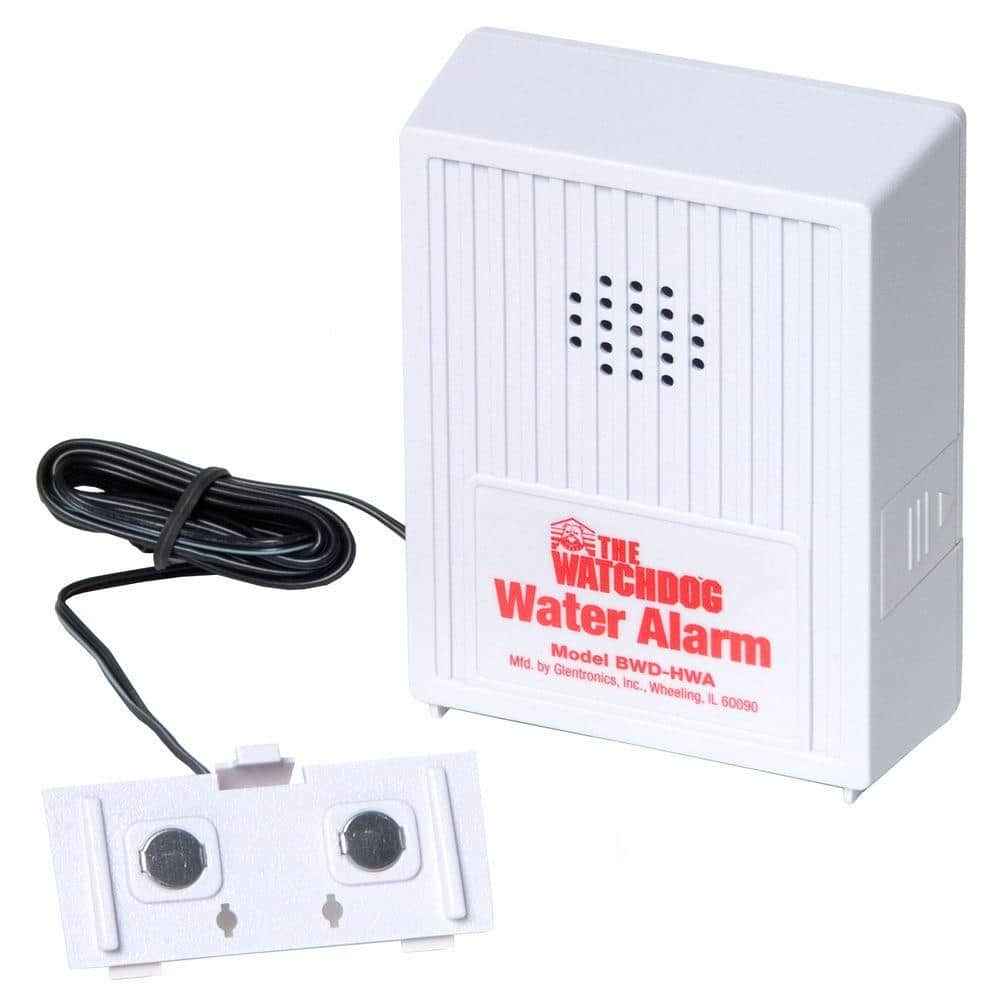I have another sump pump question.
I replaced my pedestal sump pump 4-5 years ago with a submersible one. It works well, usually during long periods of heavy rainfall and during the spring thaw, like now. It hadn't run yet, but I was woken at 5 am by my water alarm because the sump had filled up and the pump had not kicked in. I shook the pipe which started the pump and it ran for a very long time while the weeping tile around the house emptied and the level dropped. I don't know why the pump didn't start, sticky switch or the float snagged by a dehumidifier drain hose. Whatever, today it's running fine, about 4 seconds every minute.
So here is my question. If I ever need to replace this pump (it's 1/2 HP 3000 GPM @ 10') would I be better off with with a tethered float switch or an external vertical float switch like I have now? My vertical float switch works on a differential level of 4" while a tethered float switch works with about twice that differential, which would double the run and interval time. Any pros and cons between the 2 types of switches? (My sewage pump has a tethered float switch, which works great.)

